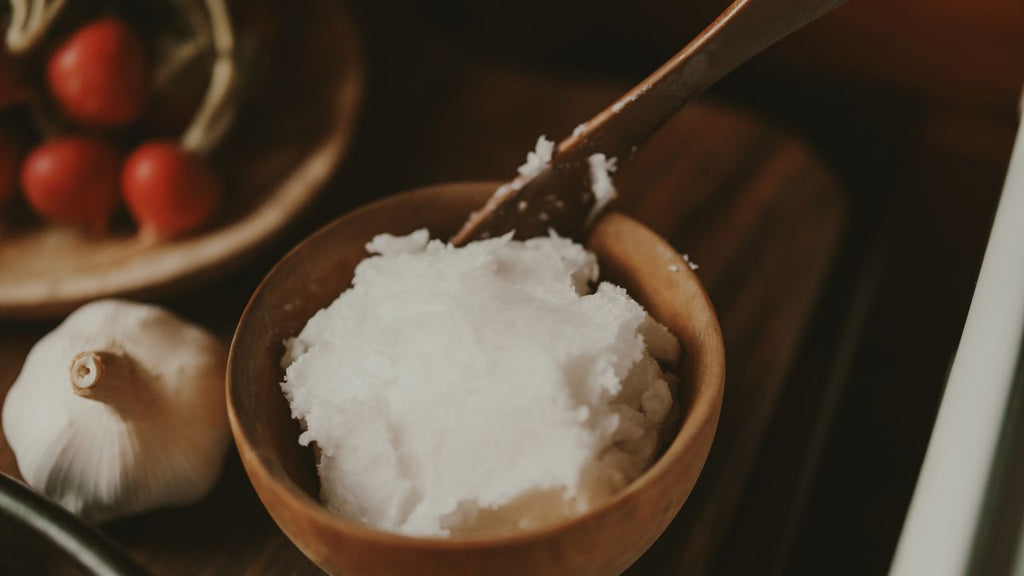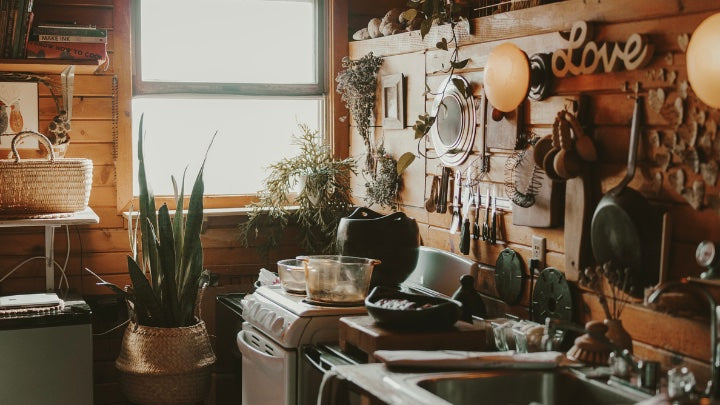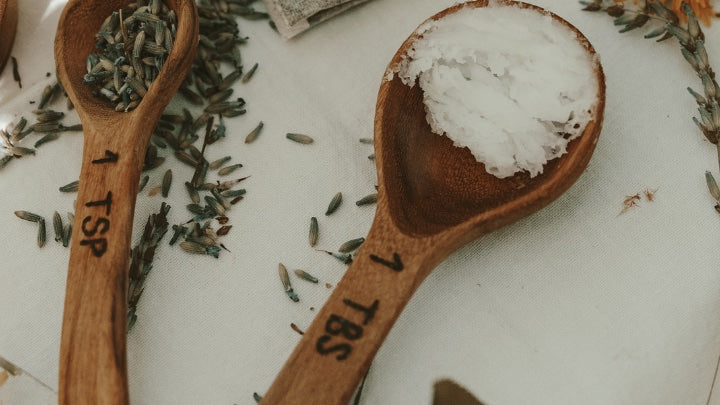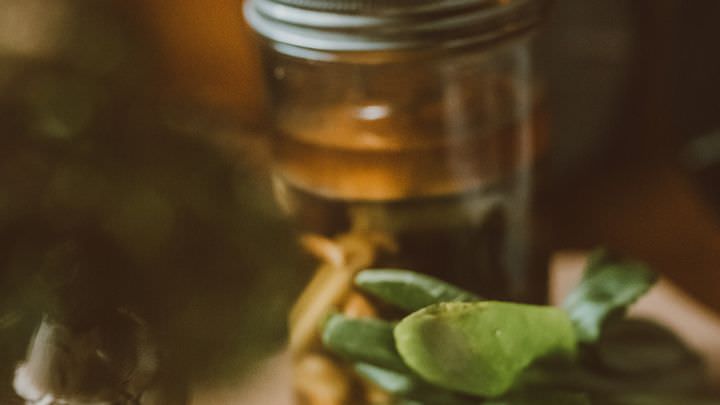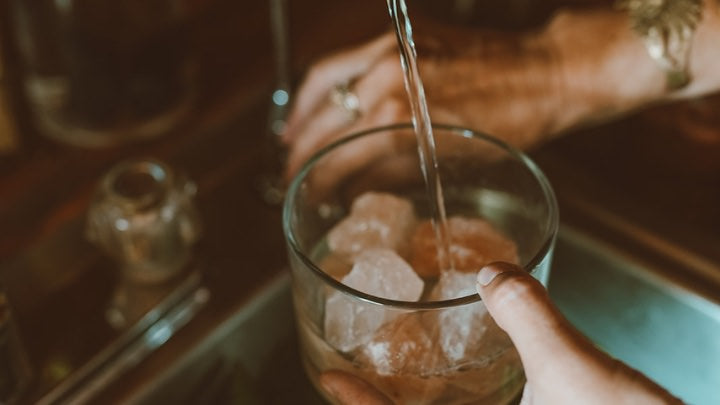The Renaissance of Lard: Rediscovering a Healthy Cooking Tradition
December 8, National Lard Day
Welcome to the wonderful world of lard, a traditional cooking fat that's unjustly been sidelined in modern kitchens. As a proud member of the Healthy Fats Coalition, Toxyfree is on a mission to reintroduce this nutritious and versatile ingredient to your culinary arsenal. Let’s explore why lard is making a comeback and how you can use it to enhance your cooking.
The Misconception About Fats
For decades, we've been told to avoid fats for better health. However, recent research is turning this notion on its head. Not all fats are enemies of health; in fact, certain fats are vital for our well-being. Lard, with its balance of saturated, monounsaturated, and polyunsaturated fatty acids, falls into this category.
What is Lard?
Lard is fat rendered from pork. It’s been a staple in cuisines around the world, prized for its flavor and cooking properties. But what makes lard so special, and why should it be a part of your kitchen?
Nutritional Benefits of Lard
- Rich in Vitamin D: One of the best dietary sources, essential for bone health and immune function.
- High in Monounsaturated Fats: Similar to olive oil, these fats are known for their heart-health benefits.
- Low in Trans Fats: Unlike many commercial fats and oils, lard contains no artificial trans fats.
Different Types of Lard and Their Uses
- Back Fat: Ideal for sautéing and deep-frying. It’s flavorful and has a high smoke point.
- Leaf Lard: This is the highest grade of lard, perfect for baking. It’s prized for making flaky pastries and pie crusts.
- Caul Fat: A delicate, lace-like fat used for wrapping meats and making terrines.
How to Render Lard at Home
Rendering lard is a simple process. Here’s how to do it:
- Start with high-quality pork fat, preferably from pastured pigs.
- Chop the fat into small pieces.
- Slowly melt the fat over low heat, allowing it to render out.
- Strain the liquid fat and let it cool. This is your lard.
Using Lard in Cooking
Lard can be used in a variety of dishes:
- Baking: Substitute lard for butter in pie crusts for a flakier texture.
- Frying: Its high smoke point makes lard ideal for frying, leaving food crispy and not greasy.
- Roasting: Use lard to achieve a perfectly crispy skin on roast meats.
Embracing the Wisdom of Traditional Diets: The Okinawa and Costa Rica Stories
As we explore the benefits of lard, it's enlightening to look at traditional diets where this fat has been a cornerstone of culinary culture. Two such examples are the diets of Okinawa in Japan and Costa Rica, regions known for their remarkable longevity and health.
Okinawa: A Legacy of Longevity
In Okinawa, often referred to as the 'land of the immortals', lard has been a dietary staple for centuries. The traditional Okinawan diet, rich in white rice, sweet potatoes, fish, vegetables, and, importantly, pork and lard, has been the foundation of their renowned longevity. The Okinawans utilized every part of the pig, valuing its meat and fat equally. Lard was not just a cooking medium but a symbol of their sustainable and respectful approach to food. This high-lard diet contributed to Okinawans having some of the longest lifespans in the world.
Costa Rica: A Community of Centenarians
Similarly, Costa Rica, known for its high number of centenarians, shows a strong tradition of using lard. In rural areas, it's common for families to butcher a pig each month, rendering about 5 gallons of lard. This translates to almost a gallon of lard per person per month, integrated into their daily cooking. This practice underlines the integral role of lard in their diet, contributing to their overall health and longevity.
A Source of Inspiration
These examples from Okinawa and Costa Rica are more than just culinary curiosities; they offer a blueprint for a healthier way of life. They remind us of the wisdom embedded in traditional diets, where whole, unprocessed foods, including natural fats like lard, were valued not just for their taste but for their nourishing qualities.
In embracing lard, we at Toxyfree are not just revisiting a forgotten ingredient; we're reconnecting with a time-honored wisdom that respects the balance of nature and the body's needs. It's an invitation to not only cook deliciously but to live a life enriched by the lessons of cultures that have thrived through the mindful use of natural resources.
Join Us in This Culinary Renaissance
As you explore the rich flavors and health benefits of lard, remember that you're participating in a global legacy of culinary tradition and wellness. Let's take inspiration from the healthy, long-lived communities of Okinawa and Costa Rica and bring the same vitality and joy into our own kitchens and lives with Toxyfree's pure, sustainably sourced lard.
Together, let's celebrate the nourishing power of traditional foods and embark on a journey to a healthier, more flavorful world.
Toxyfree - Your Partner in Healthful Living
Rediscover the joys of cooking with traditional, healthy fats. Visit Toxyfree at 208 Main St S, Stillwater, and join our community of mindful, health-conscious individuals or become a part of our virtual community with Toxyfree Valet Service!
Continue reading

